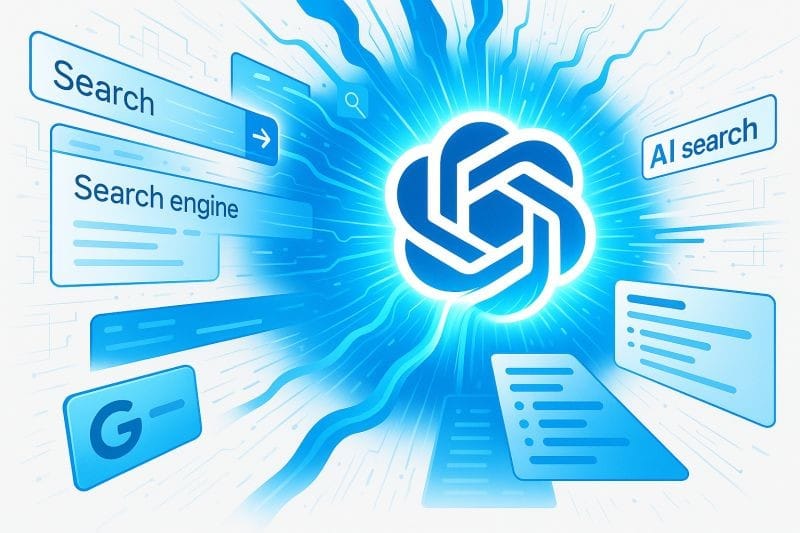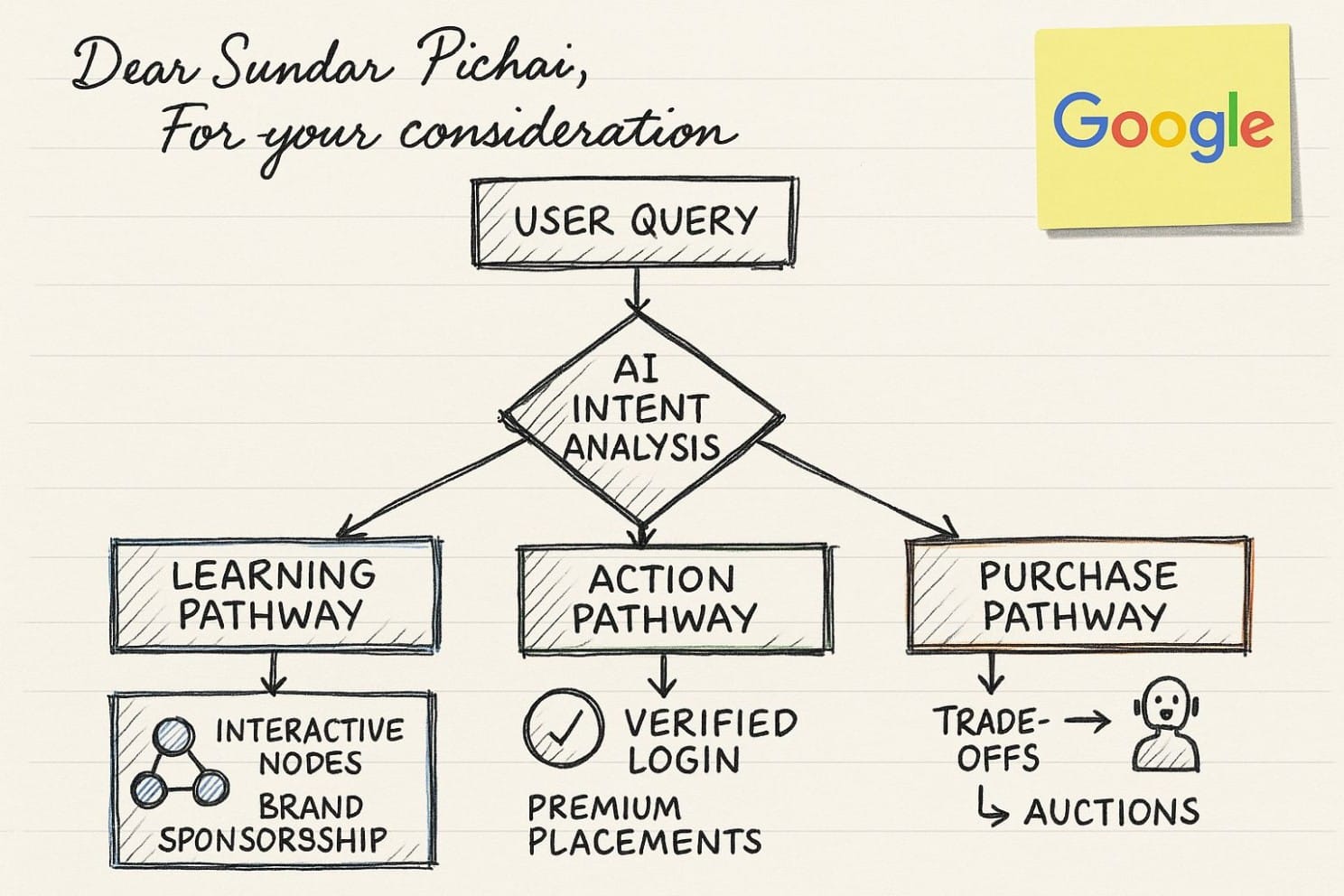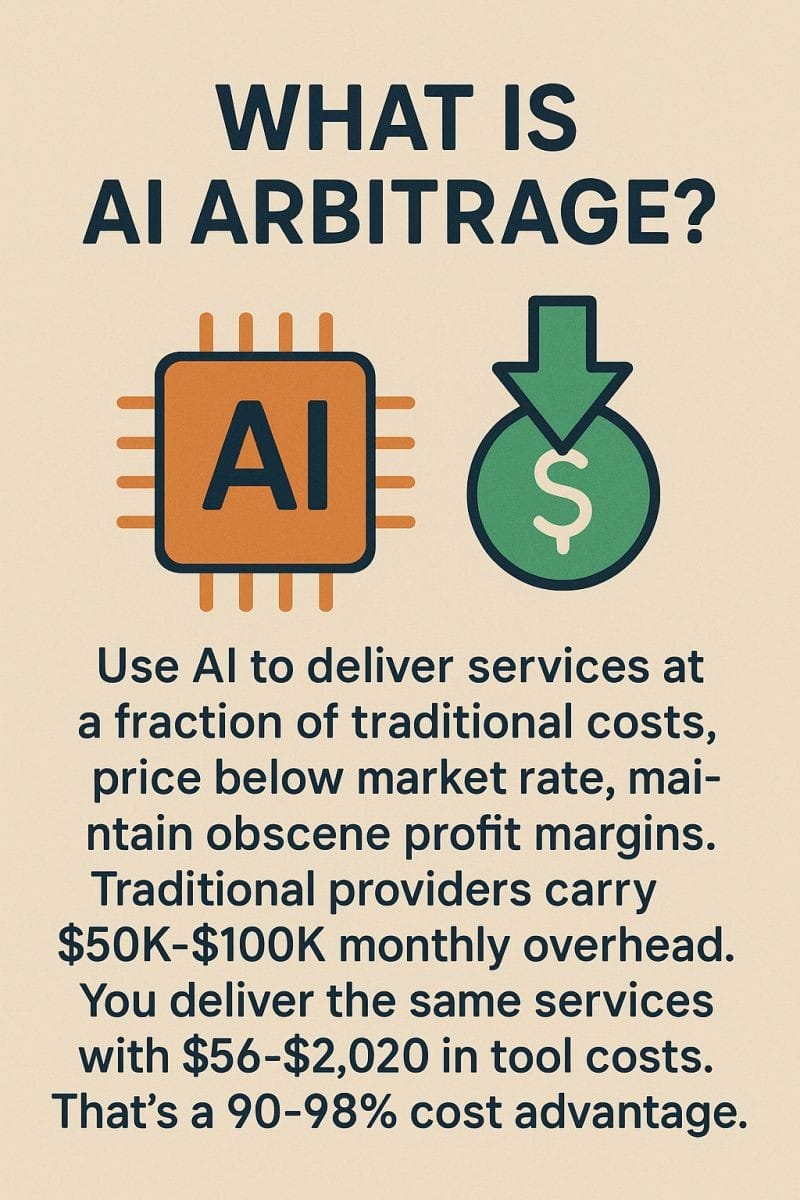The Uncomfortable Truth About Progress, Profit, and Peace
I just read an article in Fast Company called “How ‘business for good’ went bad—and what comes next” and to say it was a disappointment is an insult to disappointments.
This is what the author SHOULD have said: Hot take: The profit motive isn’t the villain in your social justice story—it’s the hero, you’re just too righteous to recognize it.
Here's what the data actually tells us (shocking, I know, facts in 2025):Progress = Happiness. Teresa Amabile’s research with 12,000 diary entries proved that daily progress on meaningful work is the #1 predictor of happiness. Not intentions. Progress. You know what drives measurable progress? Competition for profit. You know what doesn’t? Committee meetings about “doing good.”
Economic well-being predicts safety
A 1% increase in GDP per capita reduces homicide rates by 0.79%. As Elle Woods brilliantly observed: “Happy people just don’t shoot their husbands” (Legally Blond 2: Red, White & Blond). Turns out prosperity creates the conditions for happiness, and happiness creates the conditions for peace. Revolutionary concept.
Undefined “good” can easily become evil
Stalin thought he was saving humanity when he starved millions. Pol Pot believed he was creating paradise when he murdered a quarter of Cambodia. Kant’s categorical imperative sounds noble until you realize moral absolutism without market feedback loops gave us the 20th century’s greatest atrocities.
The profit motive forces you to define success in measurable terms: revenue, customers served, problems solved. It’s honest about human nature. It creates accountability through voluntary exchange.
But here’s the genius part: James Madison figured this out 250 years ago. “Ambition must be made to counteract ambition.” The Founders didn’t trust pure motives—they built a system where competing interests create balance. Profit motive + government regulation = checks and balances for the economy.
Countries with the highest economic freedom scores (Singapore 84.1, Switzerland 83.7) consistently rank among the safest and most prosperous. Meanwhile, every utopian experiment that rejected market mechanisms ended in misery.
The uncomfortable truth?
Personal ambitions constrained by competition and regulation delivers better outcomes than righteousness unconstrained by measurement.
I’m a proud capitalist, because I believe it has the best outcomes, and outcomes matter - intentions don’t.
Of course the author at Fast Company probably never watched the Legally Blond movies, they were likely too busy sipping cappuccinos at occupy Wall St. type rallies.
Fun fact: "The road to hell is paved with good intentions" is often attributed to Saint Bernard of Clairvaux, a French abbot who lived in the 12th century.

The Browser Wars Are Starting
>$220 Billion A Year In Online Search Is Up For Grabs: Google’s AI Answers vs. OpenAI’s Browser
Google is already putting AI-generated answers at the top of search results. So when OpenAI reportedly builds its own browser, is it just more of the same? No. This is a different species entirely.
Google's current approach is a defensive graft—an “AI layer” placed on top of its existing, 20-year-old business model. The goal is to keep you in their ecosystem long enough to click on the ads that still live below the answer. It’s a hybrid that serves two masters: the user and the quarterly ad revenue report.
An OpenAI browser, built from the ground up, has no such baggage. It isn’t trying to preserve a legacy advertising system. Its prime directive is to provide the best possible answer, period.
This creates a fundamental sea change in three ways:
- Full Integration, Not a Layer: In an OpenAI browser, the AI is the experience. It’s not just an answer box at the top of a page of links. This allows for a seamless flow from question to answer to action, without the friction of the old search page.
- The Business Model is the Product: Google’s challenge is retrofitting AI onto an ad model. OpenAI can design a business model around the AI itself. This opens the door to a superior user experience funded by a freemium model—a powerful free tier for all, with premium subscriptions for advanced capabilities. The product isn’t a list of links; it’s a powerful reasoning engine.
- The Rise of Truly Contextual Ads: Google’s AI answers and its ads are still separate things. An AI-native browser can weave monetization directly into the solution. Imagine asking the AI to compare two software products. The comparison is the answer, and a sponsored “start a free trial” link within that comparison is the ad. The advertisement becomes a valuable, integrated feature, not a distraction you scroll past.
Google is playing defense to protect its trillion-dollar cash cow. OpenAI is playing offense with a new rulebook entirely. This isn’t just a battle of algorithms; it’s a battle of business models. And the winner will define how we interact with information for the next decade.
Is Google’s hybrid approach enough, or is a truly AI-native browser the inevitable future?

Dear Sundar Pichai,
Everyone is gunning for you. Here’s how to win!
While competitors race to build “Answer Engines,” Google is uniquely positioned to build something far more valuable: a Decision Engine - one that not only responds to intent, but guides users through it.
Some argue browsers are just an abstraction layer - that AI agents will handle everything behind the scenes. Perplexity’s Comet browser seems to validate this, with an AI assistant that can see your screen and automate tasks.
They’re wrong.
Humans don’t want to surrender control. They want to amplify it. People want to see options and feel confident in decisions. Perplexity keeps the browser interface.
The Idea: Google Pathways
Imagine replacing the static search box with an adaptive, intelligent journey. Not blue links. Not a single AI paragraph. Not an agent that acts for you. But a Pathway that understands intent. This shifts from monetizing attention to monetizing outcomes.
Here's how it works:
1) The Learning Pathway
Query: “How do black holes work? ”Users engage with an interactive knowledge graph. Each node ([How are they formed?], [Event horizon?]) invites exploration.
Monetization: Major brands become educators: Fidelity sponsors financial literacy, J&J medical explanations, Microsoft cloud education.
2) The Action Pathway
Query: “Chase login” Pathways delivers: verified login, action shortcuts ([Find ATM], [Transfer funds]), geo-personalized links.
Monetization: Financial companies bid for premium “Action Nodes” — trusted placements.
3) The Purchase Pathway (Your New Cash Cow)
Query: “Best laptop” Pathways becomes a guided buying assistant. Users toggle: [Battery life] vs. [Weight] vs. [Price]. AI maps preferences to advertiser data. Outcome Auction: Dell bids to show XPS 13 to users wanting lightweight, long-battery laptops.
Action Auction: Dell, Amazon, Best Buy compete for the purchase link. Real money: P&G bids on recommendations, Wells Fargo on mortgage pathways, Ford on vehicle comparisons. These aren’t ads. They’re trusted micro-decisions.
Your Moat Isn’t Answers. It’s Infrastructure. This leverages Google’s assets: user intent understanding, product metadata, ecosystem integration. It redefines monetizing trust. You need to own the journey. While competitors build black boxes that think for users, you build pathways that think with users.
The browser is evolving. You have everything to define it.

The AI Arbitrage Gold Rush
We’re living through the greatest arbitrage opportunity since the internet went mainstream.
While 72% of companies claim they’re “using AI,” only 5-35% have actually implemented meaningful automation. This gap creates massive profit potential.
What is AI Arbitrage?
Use AI to deliver services at a fraction of traditional costs, price below market rate, maintain obscene profit margins. An example: Traditional providers carry $50K-$100K monthly overhead. You deliver the same services with $56-$2,020 in tool costs. That’s a 90-98% cost advantage.
Why You Don’t Need Domain Expertise
Most professional services are 80% process, 20% expertise. AI excels at process. You need to be smart enough to use tools, not become an expert.
The 9 AI Arbitrage Opportunities
- Virtual Assistant (No expertise)Tools: ChatGPT Plus, Calendly, Zapier, Notion ($56/month)Revenue: $3,600/month | Profit: $3,544 (98.4% margin)
- Content Creation (Minimal expertise)Tools: ChatGPT Plus, Jasper, Canva Pro, Grammarly ($86/month)Revenue: $5,600/month | Profit: $5,514 (98.5% margin)
- Social Media Management (Basic expertise)Tools: Buffer, ChatGPT Plus, Canva Pro, Later ($159/month)Revenue: $14,400/month | Profit: $14,241 (98.9% margin)
- BDR/Lead Generation (Basic expertise)Tools: Apollo, Reply.io, Lindy, Instantly ($275/month)Revenue: $20,000/month | Profit: $19,725 (98.6% margin)
- Graphic Design (Moderate expertise)Tools: Midjourney, Figma, Canva Pro, Adobe ($100/month)Revenue: $5,250/month | Profit: $5,150 (98.1% margin)
- Web Development (Moderate expertise)Tools: Cursor, GitHub Copilot, Webflow, Vercel ($64/month)Revenue: $9,000/month | Profit: $8,936 (99.3% margin)
- Marketing Analytics (Advanced expertise)Tools: ChatGPT Plus, Tableau, Google Analytics ($90/month)Revenue: $9,000/month | Profit: $8,910 (99.0% margin)
- Financial Analysis (Expert expertise)Tools: ChatGPT Plus, Excel, Python, Bloomberg ($2,020/month)Revenue: $11,250/month | Profit: $9,230 (82.0% margin)
- Legal Document Prep (Professional expertise)Tools: ChatGPT Plus, LexisNexis, Westlaw, Legal AI ($820/month)Revenue: $12,000/month | Profit: $11,180 (93.2% margin)
The Economics Work
Average monthly profit: $9,603. Highest opportunity (BDR): $19,725 monthly profit.
These aren’t side hustles—these are legitimate businesses with profit margins that make software companies jealous. Traditional providers can’t compete with your cost structure. They have office leases, employee benefits, management overhead. You have laptop, internet, and AI tools.
Why This Window Won’t Last
Arbitrage opportunities exist because of market inefficiencies. Eventually markets correct, but “eventually” could be 2-5 years—enough time to build substantial wealth.

Dear Yamini Rangan,
Own the AI Arbitrage Revolution: Opportunity: Small Agencies Can Now Compete
There are 3.7 million professional service firms competing against larger players with 2-3x their headcount. But AI changes everything .A 5-person creative agency can now match the output of a 15-person firm. A 3-person accounting practice can handle 50+ clients instead of 15. That’s not productivity improvement - that’s competitive transformation.
The Problem: They Don’t Know How
Most small agencies are using ChatGPT for individual tasks, not transforming their entire business model. They’re missing the AI arbitrage opportunity because they don’t know how to implement connected workflows.
The Solution: HubSpot Can Facilitate
Accounting Firm Example:
- Old way: 45 minutes per client (upload docs -> manual QuickBooks -> create reports -> email)
- HubSpot AI way: 5 minutes per client (portal upload -> auto-populates QuickBooks -> branded reports -> scheduled follow-up)
Creative Agency Example:
- Old way: Brief -> ChatGPT -> Canva -> separate project management -> manual invoicing
- HubSpot AI way: Brief in CRM -> AI concepts using past work -> integrated design -> auto-status updates -> triggered invoicing
Why HubSpot vs. Standalone Tools
ChatGPT starts from zero every time. HubSpot AI knows your clients, remembers project history, and automates entire workflows. The value isn’t the AI - it’s AI that knows your business and connects everything.
The Missing Piece: You Need Them Too
HubSpot can’t implement these workflows alone. You need AI-savvy agencies to work directly with clients, customize solutions, and prove the ROI. This isn’t just a product play - it’s an ecosystem play.
The Platform Play: Let Them Help Each Other
Create a marketplace where AI-enabled agencies can:
- Share workflow templates with other agencies
- Sell implementation services to HubSpot customers
- Offer specialized AI services through the platform
- Learn from each other’s success stories
You Have Everything Needed
258,000+ professional service customers. Breeze AI built for non-technical users. Marketplace connecting essential tools. UX loved by firms. The infrastructure is ready.
The Strategic Decision
Make it official. Declare HubSpot as the AI implementation platform for professional services.
Launch with:
- AI workflow templates for top use cases
- Agency partner program for implementation
- Success stories and case studies
- Clear messaging to your customer base
The pieces are in place. What’s needed is the decision and the signal. Help professional services win with AI arbitrage… or someone else will.


Member discussion: